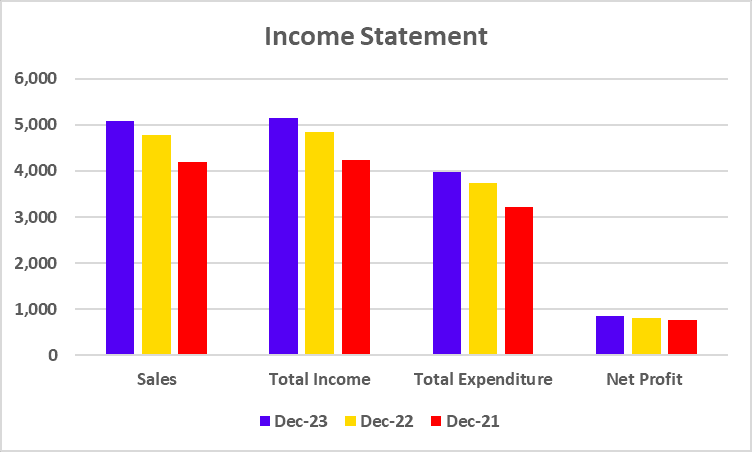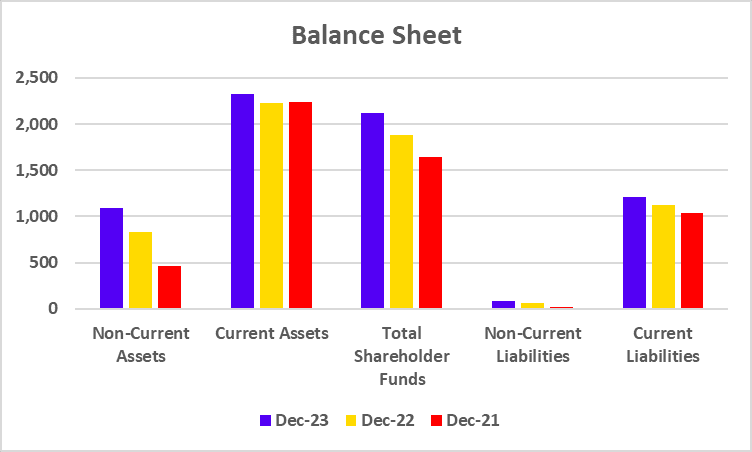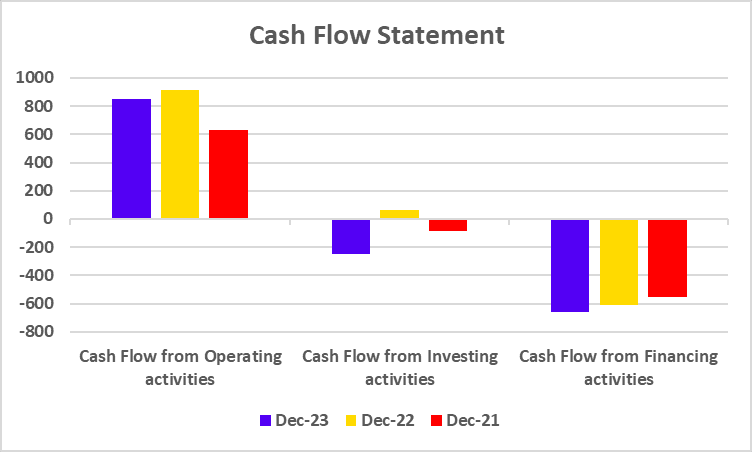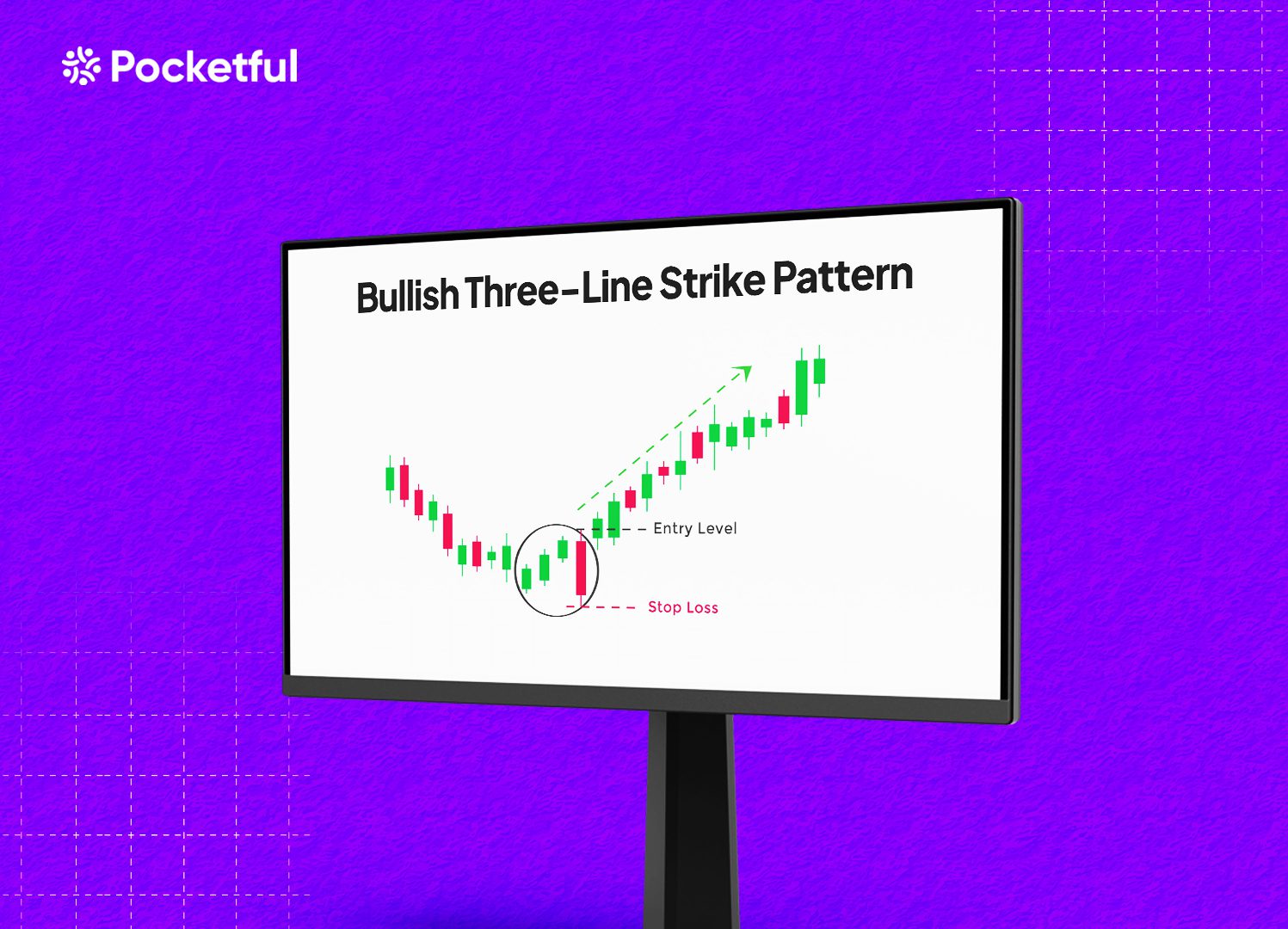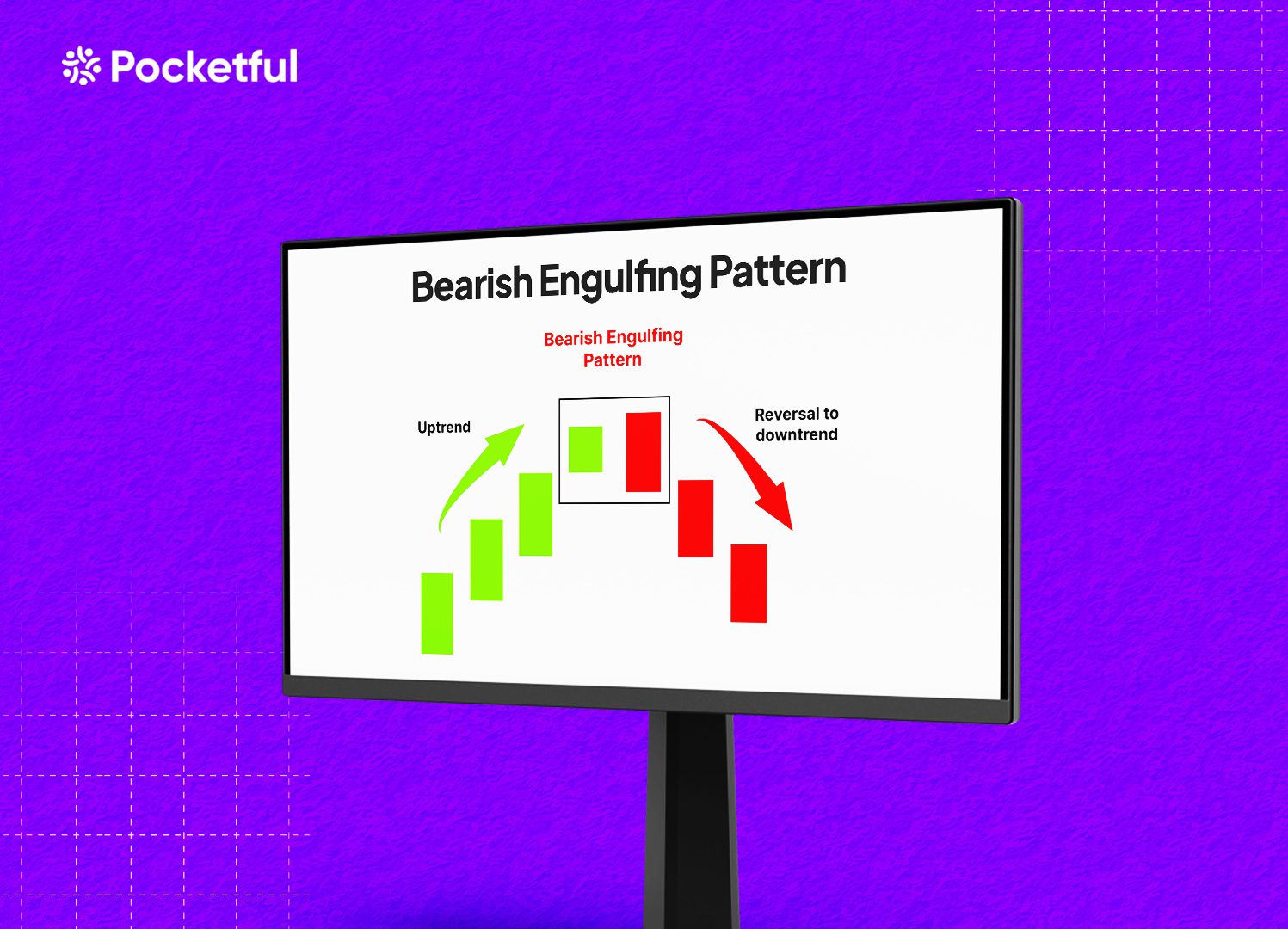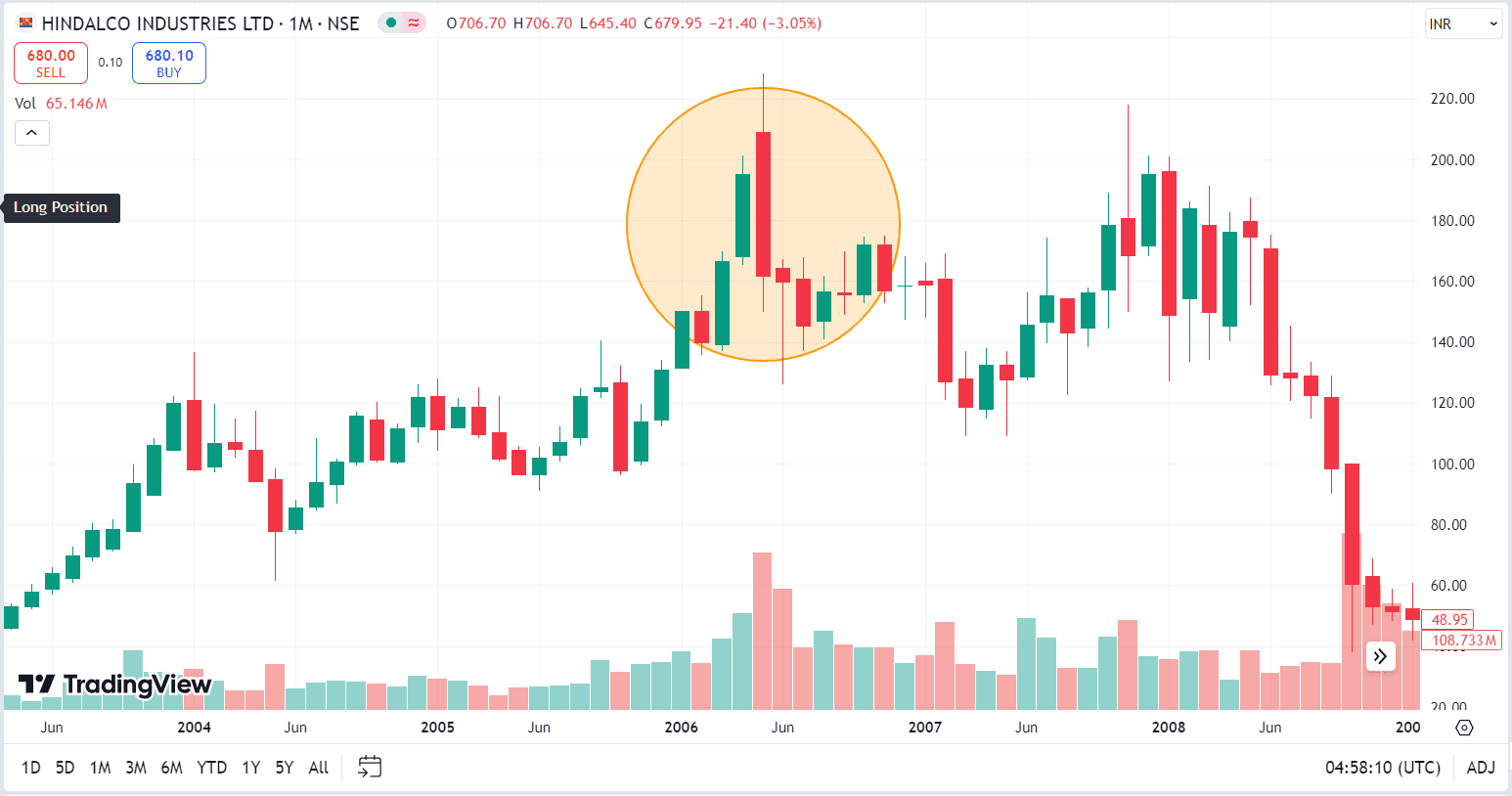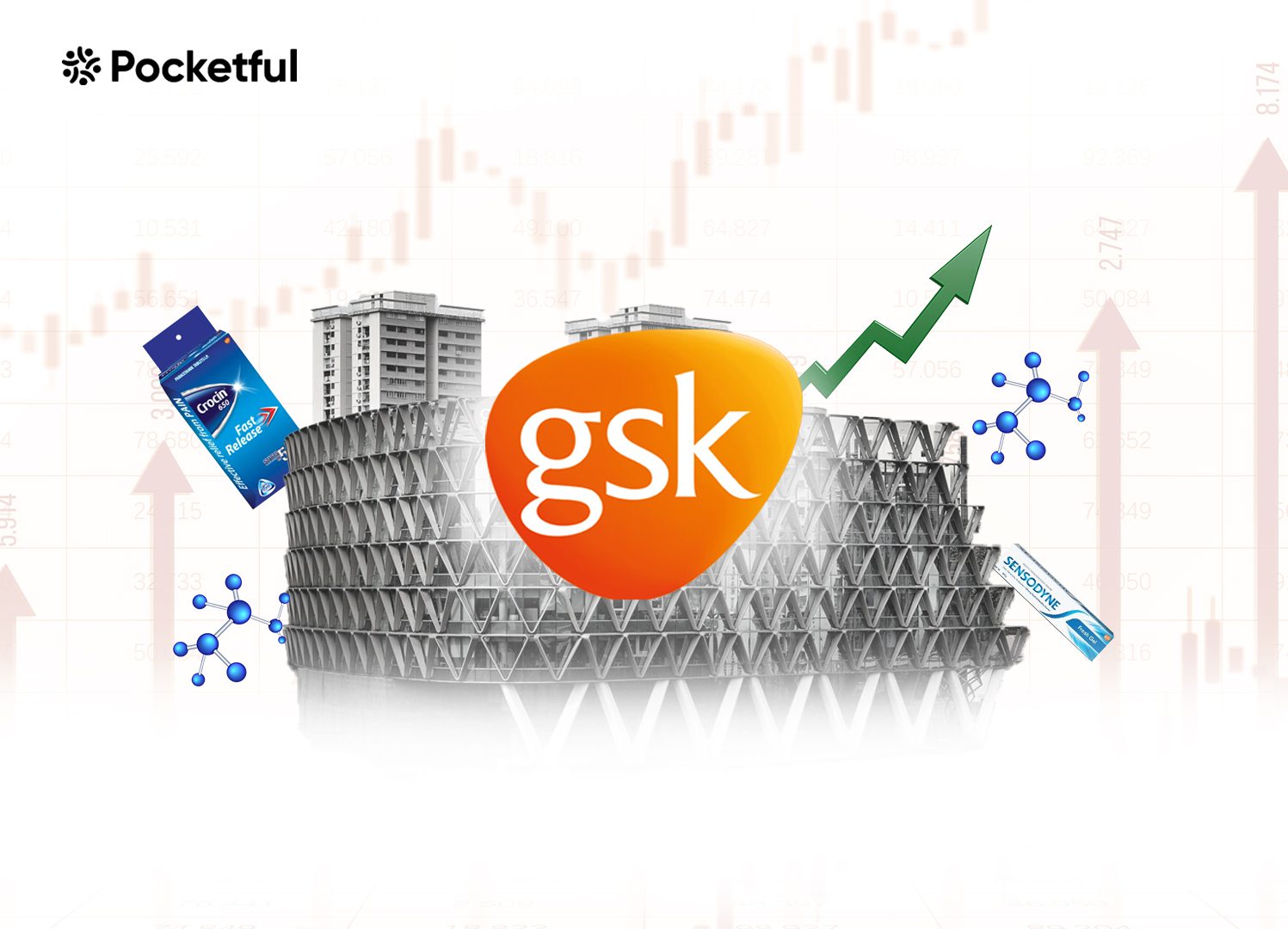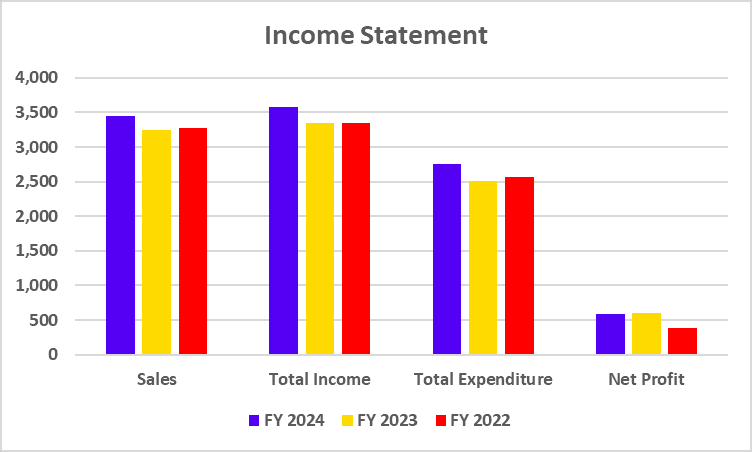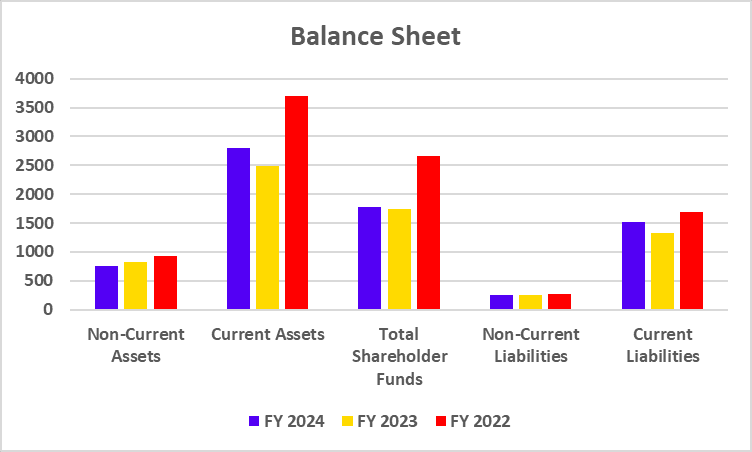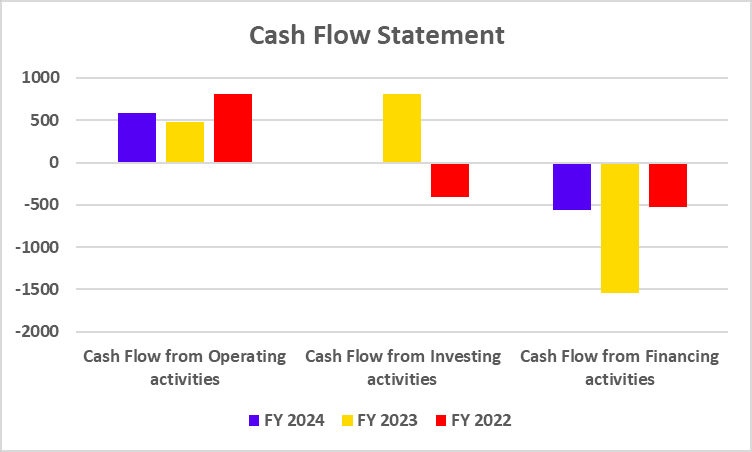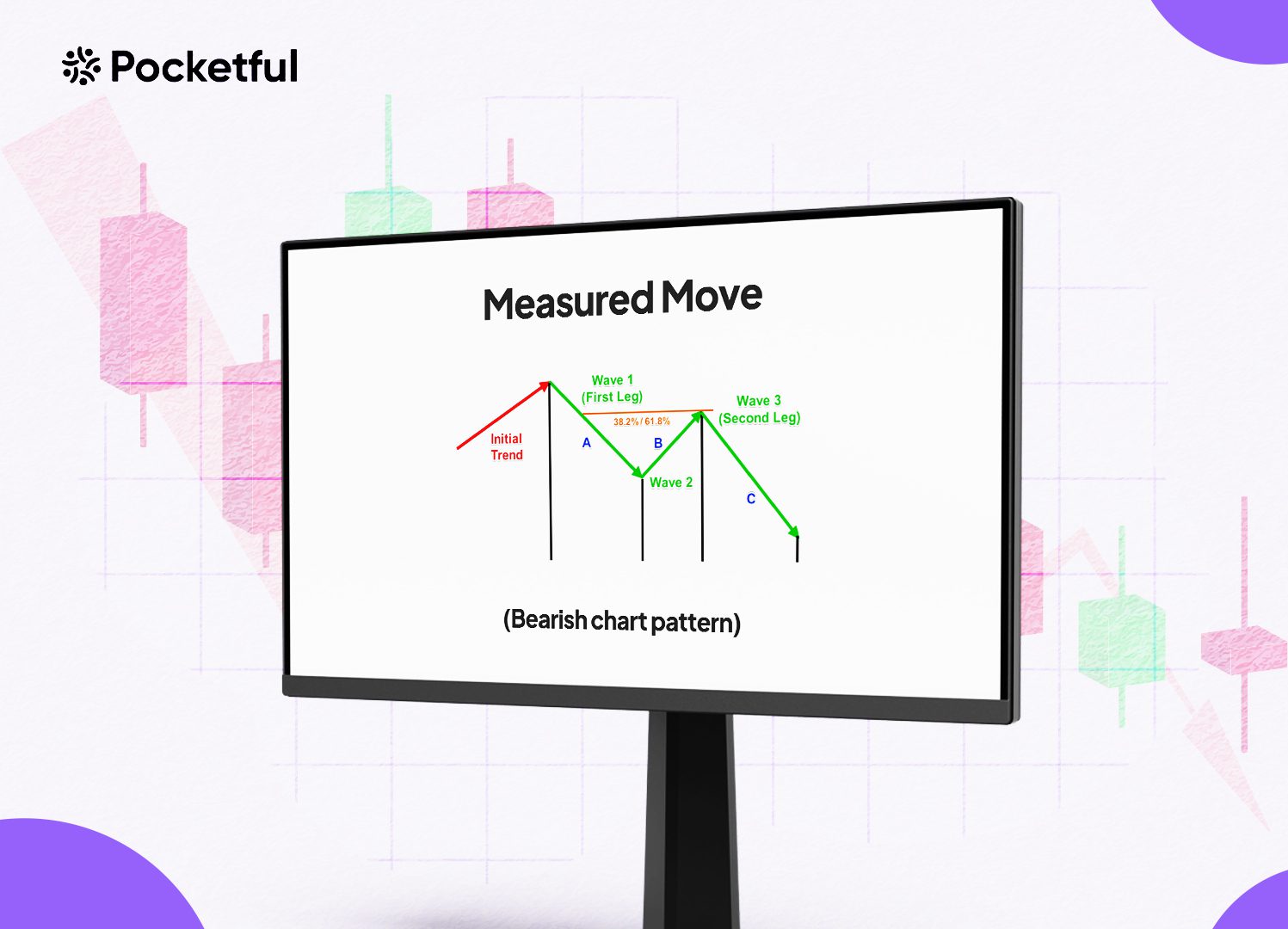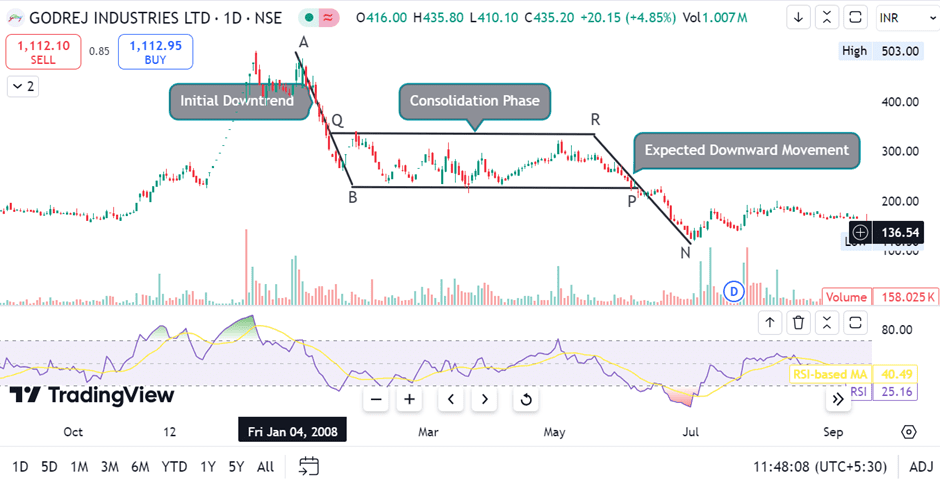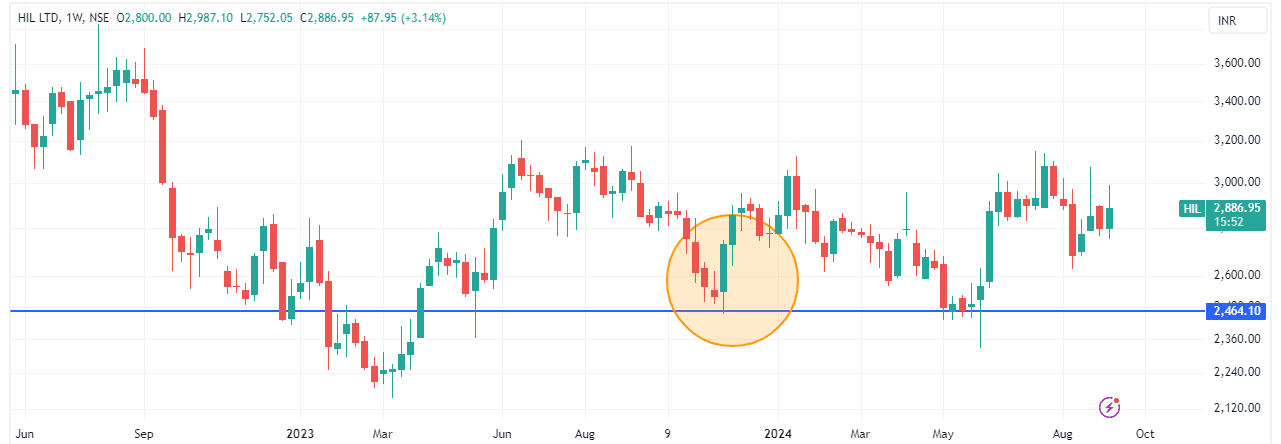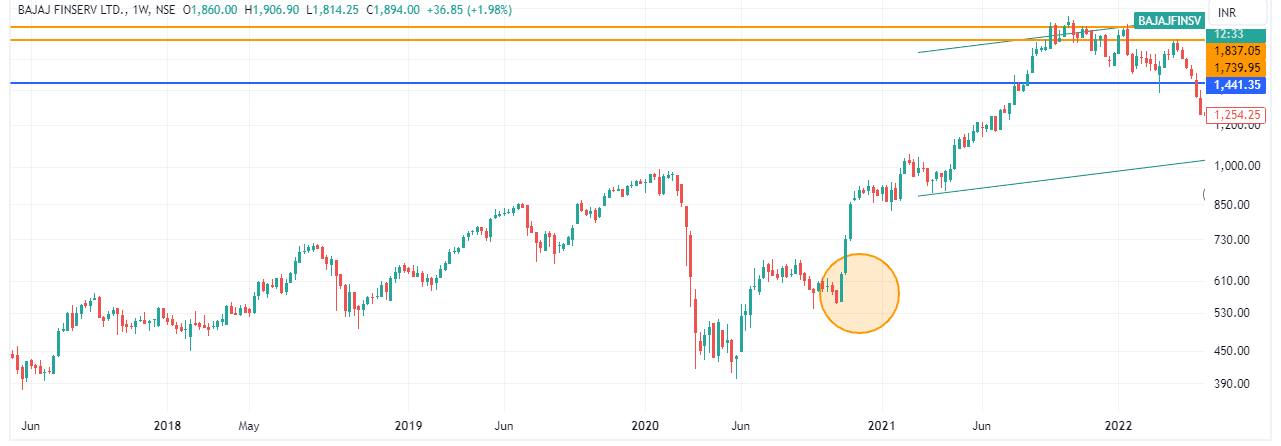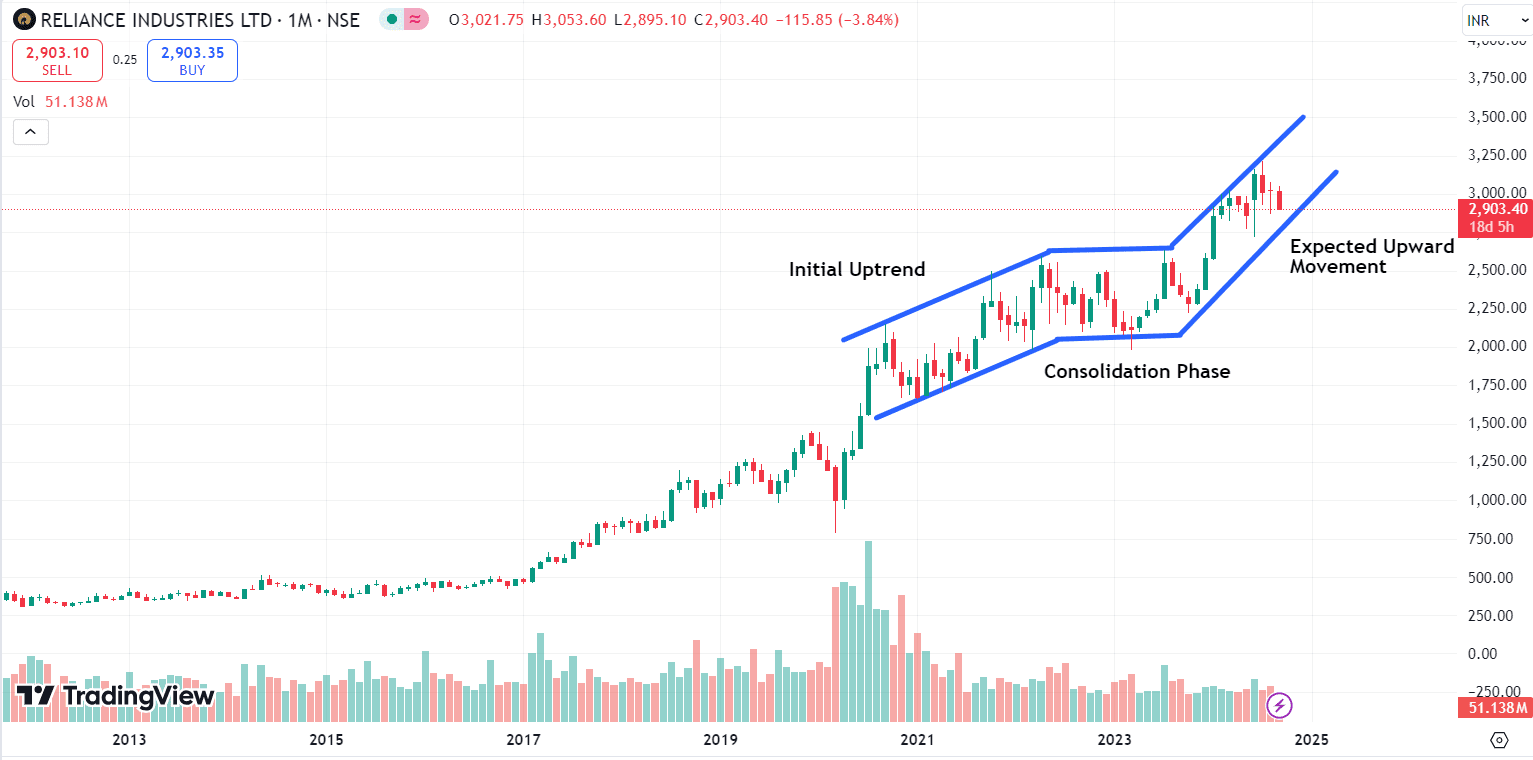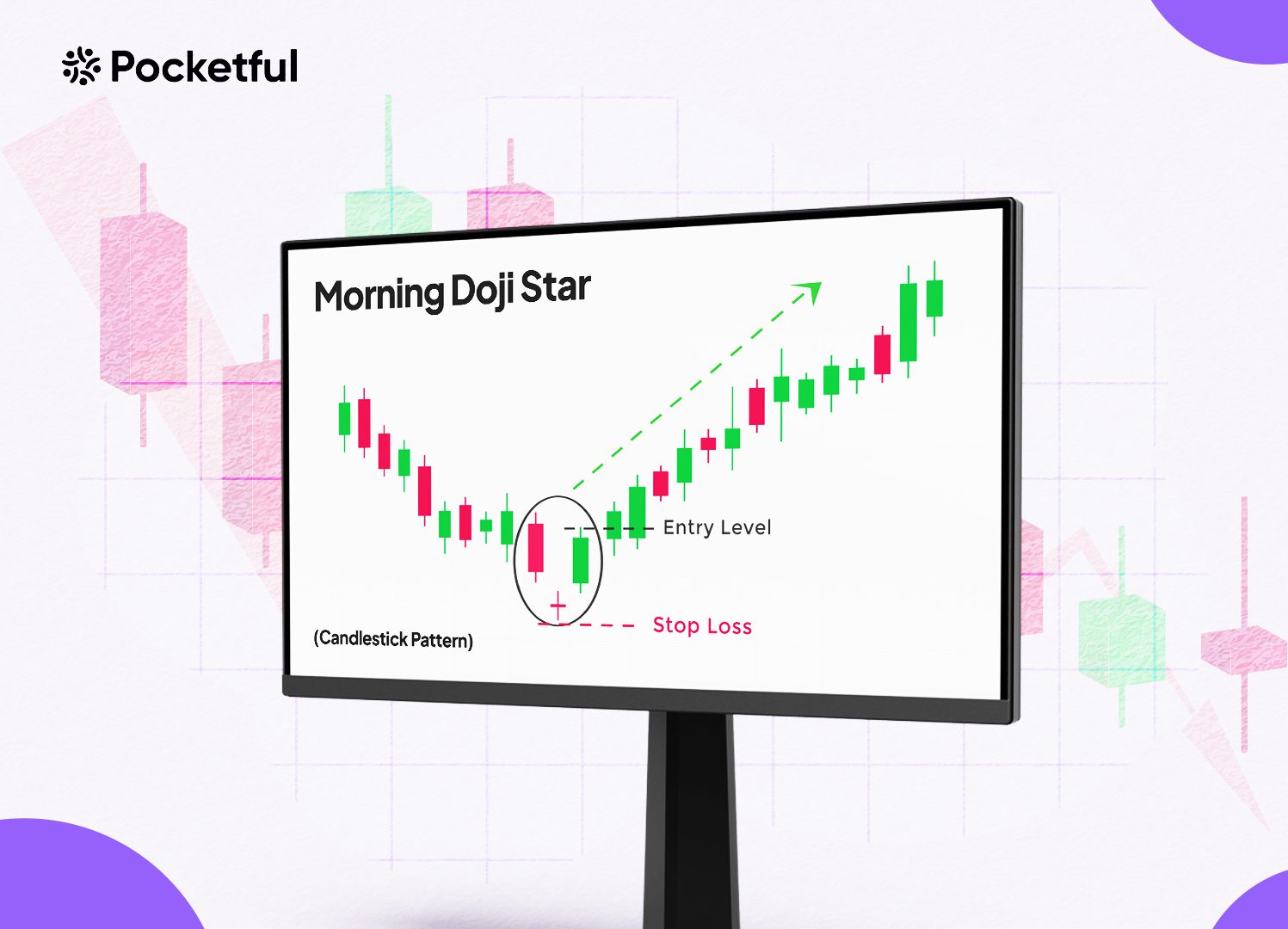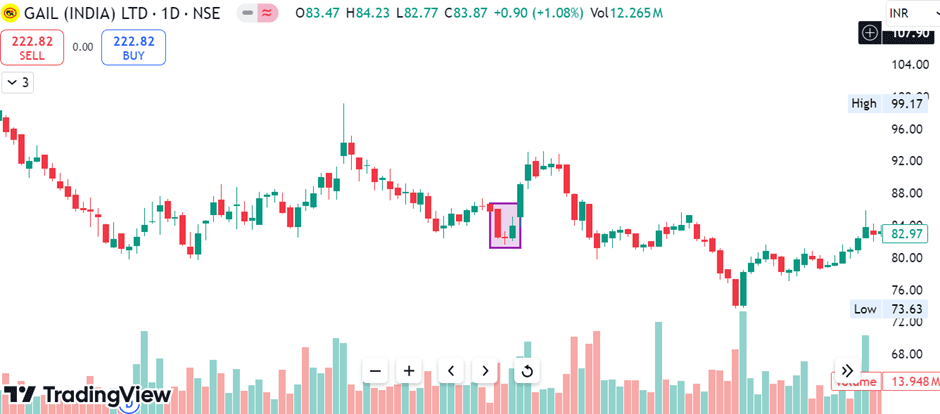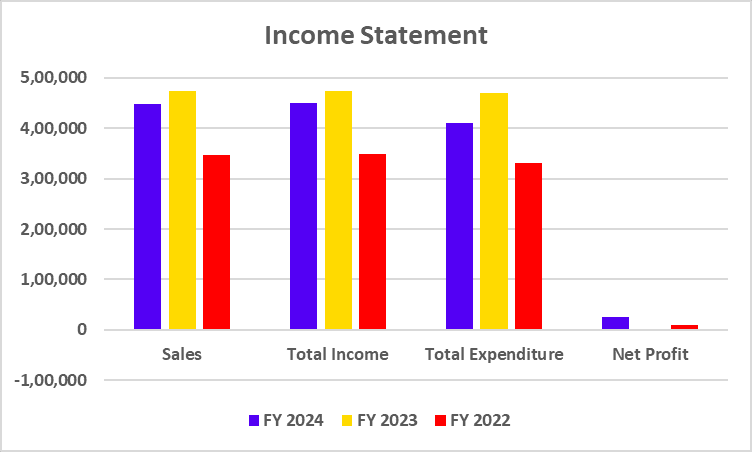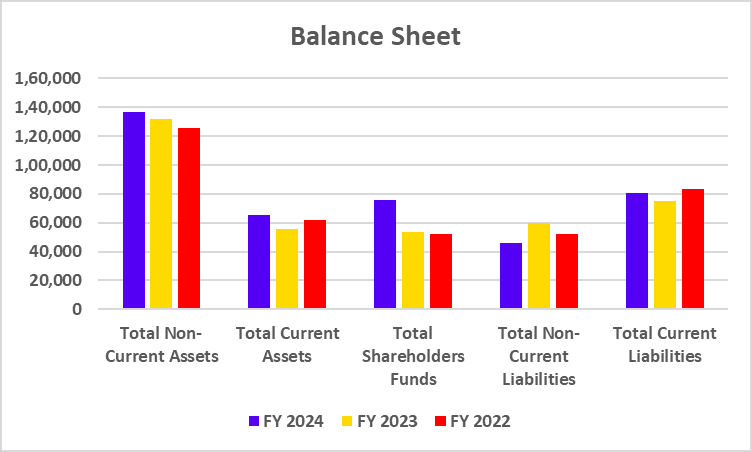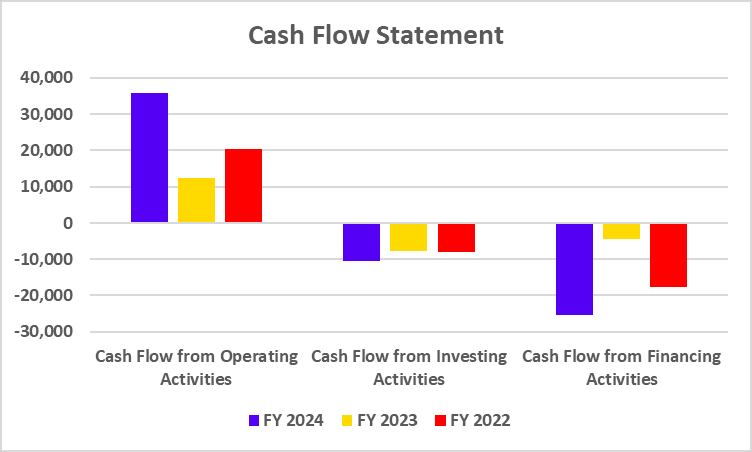China Plus One, also known simply as Plus One or (C+1), is the business strategy to avoid only investing in China and spread business or channel investments into other developing countries such as India, Thailand, Turkey or Vietnam.
In this blog, we will discuss the China Plus One strategy, the reasons behind its increasing popularity, its impact on India, and the sectors that can benefit from this strategy.
What is the China Plus One Strategy?
The China Plus One strategy emerged in 2013 as a response to concerns about global dependency on China. This strategy encourages companies to diversify their supply chain and manufacturing activities away from China to mitigate risk and reduce over-dependence on China.
Companies are adopting the strategy due to several factors:
- Rising labor costs in China make manufacturing less competitive because of diminishing economies of scale.
- Geopolitical tensions such as the U.S.-China trade war can lead to restrictions, bans and tariff changes.
- Supply chain disruption risks highlighted by the COVID-19 pandemic.
- Sudden policy change or ban on China.
- A desire to reduce concentration risks by diversifying manufacturing facilities across multiple geographies and reducing dependency on a single country.
Advantages of the China Plus One strategy
The advantages of a China Plus One strategy are:
- Reduce Risk: By diversifying manufacturing facilities across multiple geographies and looking for alternatives, companies can reduce their dependency on China and reduce the impact of disruptions like wars, pandemics, or geopolitical tensions on their business.
- Reduce Cost: China’s cost advantage is diminishing, and there are other developing countries available which can still offer a lower cost of labor and production, which will increase the company’s profitability.
- Supply Chain Resilience: Companies can build a resilient network of supply chains by spreading production across multiple regions.
Limitations of the China Plus One strategy?
The limitations of the China Plus One strategy are:
- Infrastructure Gaps: Many countries may not have the robust and advanced infrastructure that China has developed over decades.
- Skilled Labor Shortage: In other countries, the local labor may lack the expertise required for complex manufacturing.
- Regulatory Issues: Every country has its own regulatory framework, tax system, etc., which can make operating in multiple locations more complex.
- Initial Costs: Establishing new production facilities requires significant capital expenditure, which can be a barrier for smaller firms.
Read Also: Top 10 personal finance lessons for self-learning
Impact on India
The China Plus One strategy has a significant impact on India as India will be an excellent alternative for multinational companies seeking to diversify their supply chains away from China. The impact of the China Plus One strategy on India is explained below:
Supply Chain Diversification: India is becoming a crucial part of global supply chains. India is becoming a major supplier of electronic components, semiconductors, machinery, and raw materials, playing a big role in supply chain management and global trade.
Job Creation: India will create more job opportunities, especially in labor-intensive industries like textiles, apparel, electronics assembly, and automotive production, as more manufacturing operations shift to India. The increase in manufacturing activity is expected to generate new direct and indirect jobs.
Increase in Foreign Direct Investment (FDI): India is an excellent option for MNCs due to lower labor costs, a large workforce, and a large consumer market. India has attracted significant foreign direct investment (FDI) as multinational companies shift their manufacturing operations out of China. Sectors such as electronics, automotive, pharmaceuticals, and textiles have seen increased investments.
Strengthened Bilateral Trade Relations: India is becoming an important trading partner for countries seeking alternatives in the supply chain. Hence, India has strengthened its trade relations with countries adopting the China Plus One strategy. For example, India is negotiating or implementing free trade agreements (FTAs) with countries like the UK, EU, and Australia, which can enable smoother trade and robust economic ties.
Government Reforms and Incentives: The Indian government has introduced a range of policy reforms and incentives to attract companies looking for alternatives to China. Some key initiatives include:
- Government Initiatives: Initiatives such as the Production Linked Incentive (PLI) scheme have provided financial incentives to boost local manufacturing and attract FDI.
- Tax Reforms: Reduction in corporate taxes and streamlined regulations have made India a more attractive destination for foreign companies.
Competitive Advantage over Southeast Asia: In some sectors, India offers a more competitive advantage in terms of labor costs than China, making it an attractive destination for labor-intensive manufacturing. India’s large domestic market provides a significant advantage over smaller Southeast Asian countries. MNCs can not only set up manufacturing facilities but also take advantage of India’s growing consumer base, which includes a fast-expanding middle class with increasing purchasing power.
Indian Sectors to Benefit from China Plus One Strategy
The China Plus One strategy is set to benefit several key sectors in India as MNCs diversify their supply chains away from China. The sectors that are expected to gain the most from this shift include those with strong manufacturing potential, government support, and the ability to serve both domestic and international markets. Here are the Indian sectors that will benefit from the China Plus One strategy:
- Labor Intensive Industries: These industries are likely to significantly benefit from the “China Plus One” strategy and include companies involved in apparel manufacturing, footwear production, textiles, electronics assembly, and basic consumer goods manufacturing. These sectors rely heavily on a large workforce and could shift production to countries with lower labor costs, like Vietnam, Indonesia, India, etc.
- Electronics & Semiconductor: India is becoming a hub for smartphone and electronics manufacturing, with companies like Apple and Samsung expanding production as they may find it beneficial to shift production to countries with a large pool of skilled workers. India is also focusing on expanding its semiconductor manufacturing capabilities.
- Textile manufacturing: The production of basic textiles like cotton fabric could be moved to countries with readily available raw materials and skilled labor.
- Apparel manufacturing: Companies producing clothing items like T-shirts, jeans, and sportswear could significantly benefit from relocating production to countries with lower labor costs.
- Footwear production: Brands manufacturing sneakers and other footwear could reduce operating costs by shifting production to countries with lower labor costs and huge workforces.
- Telecom Equipment: India is emerging as a key player in 5G infrastructure and telecom equipment manufacturing.
- Toys and Consumer Goods: India’s toy and consumer goods sectors are expanding as global companies seek alternatives to Chinese manufacturing.
Read Also: Why It Is Essential To Teach Your Children About Saving And Investing
Conclusion
The China Plus One strategy is an essential and crucial step for companies aiming to reduce their dependence on China for manufacturing and supply chains and, in turn, reduce their risk. China is a dominant player in global manufacturing, but after 2013, when China’s cost advantage started diminishing and after COVID due to growing geopolitical tensions with China and Zero COVID policy, companies are exploring alternatives to reduce risks and costs and build strong and undisrupted supply chains away from China. Hence, countries like Taiwan, Vietnam, India, and Mexico are emerging as key players in this shift as they offer new opportunities for global businesses looking to diversify their production bases at low cost and with high efficiency.
Frequently Asked Questions (FAQs)
Has the COVID-19 pandemic affected the adoption of the China Plus One strategy?
Yes, the COVID-19 pandemic accelerated the adoption of the China Plus One strategy. The pandemic caused severe disruptions in global supply chains because of over-dependence on China.
Does the China Plus One strategy mean companies are leaving China?
No, it doesn’t mean companies are abandoning China completely; rather, they are diversifying the risk of being dependent only on China. Entirely abandoning China is not possible as they still have a well-developed infrastructure, efficient supply chains, and a large skilled labor force. This strategy is all about diversification.
How does the China Plus One strategy affect China?
China surely will be negatively affected, but this strategy doesn’t aim to completely abandon China; rather, it is being adopted to diversify into other regions, which will definitely reduce the dominance of China. In the uncertain time of wars and pandemics, companies surely want an undisrupted supply chain, and this strategy fixes that issue.
Is the China Plus One strategy only for large multinational companies?
Though large multinational companies have been the primary beneficiaries and adopters of the China Plus One strategy, smaller businesses can also consider diversifying. However, for smaller companies, the capital outlay to set up new manufacturing facilities may be challenging and will act as a significant barrier.
What is the role of the government in the China Plus One strategy?
Governments in developing countries like India, Vietnam, Thailand, and Mexico have introduced incentive schemes to attract foreign direct investment (FDI), which includes various tax benefits, subsidies, and infrastructure development to support companies looking to set up operations outside of China.


